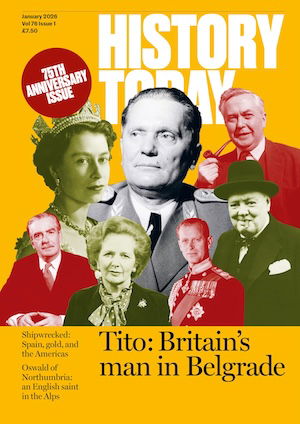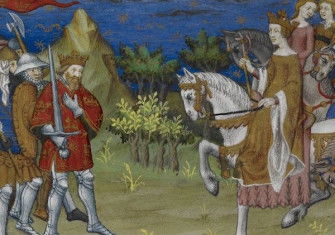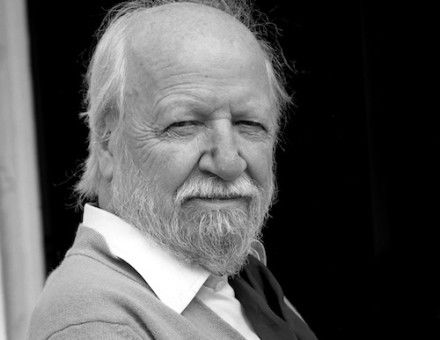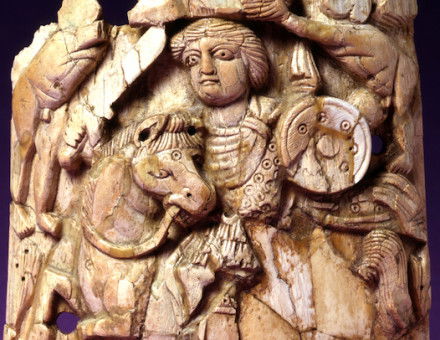Medieval Queen by Grace of God
Queenship was transformed in the early Middle Ages, as power came to be derived not just from marriage, but from God.
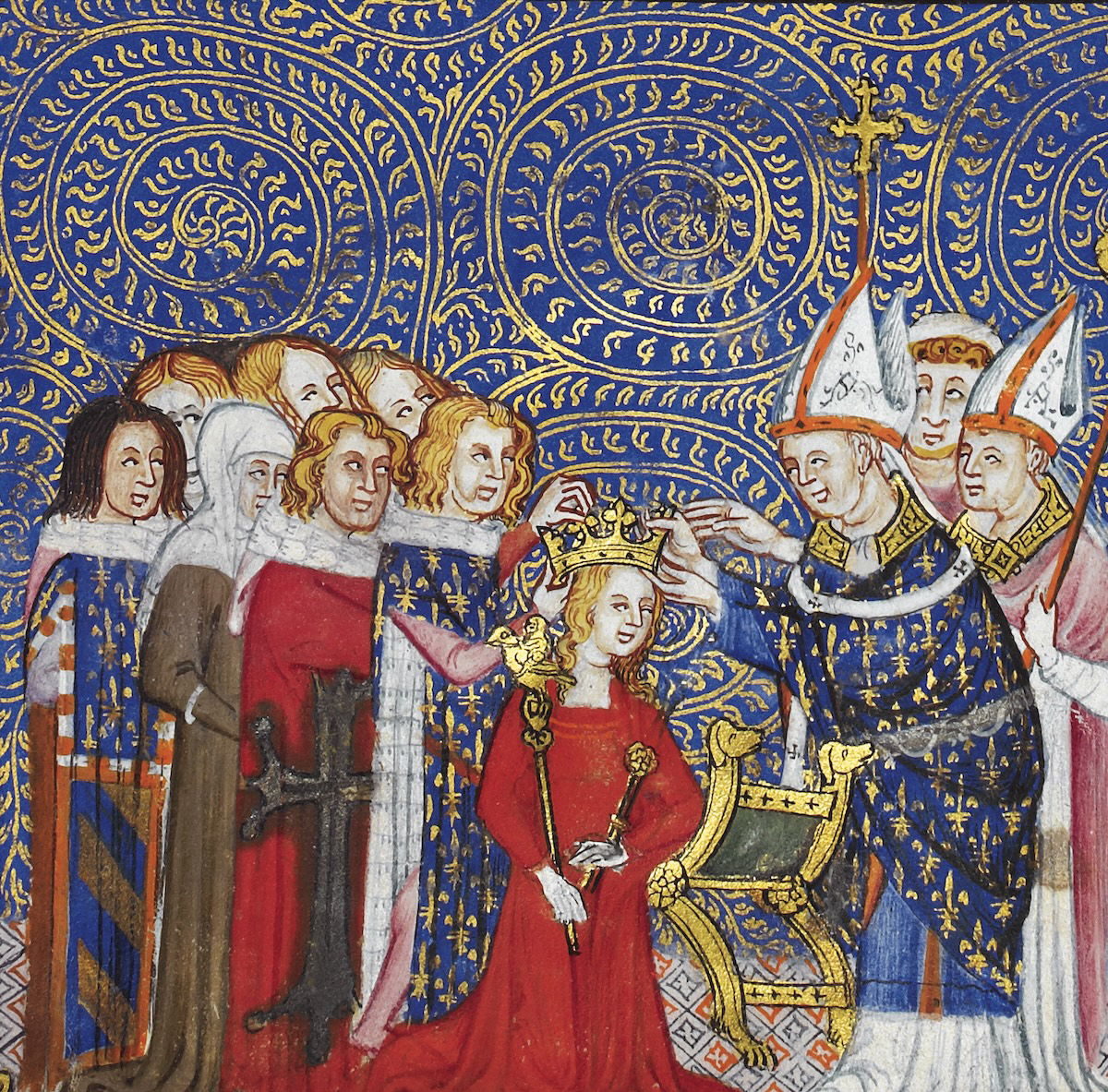
In the early Middle Ages a new ceremony was invented that would underpin the ideology of European monarchies for a millennium and more: the royal consecration. This ceremony, in which the Church and state were first united in one joint project, was a political and religious innovation. Kings, queens, and their royal heirs would now be inaugurated into their new roles via anointing with holy oil, performed by a bishop at the altar of a church, crowned and given regalia, while liturgy was spoken or sung aloud in Latin. This new ritual would cement the power medieval kings held, as sovereign rulers who ascended the throne by hereditary right, but who also had to maintain favourable relationships with the nobility and the Church to secure their support.

